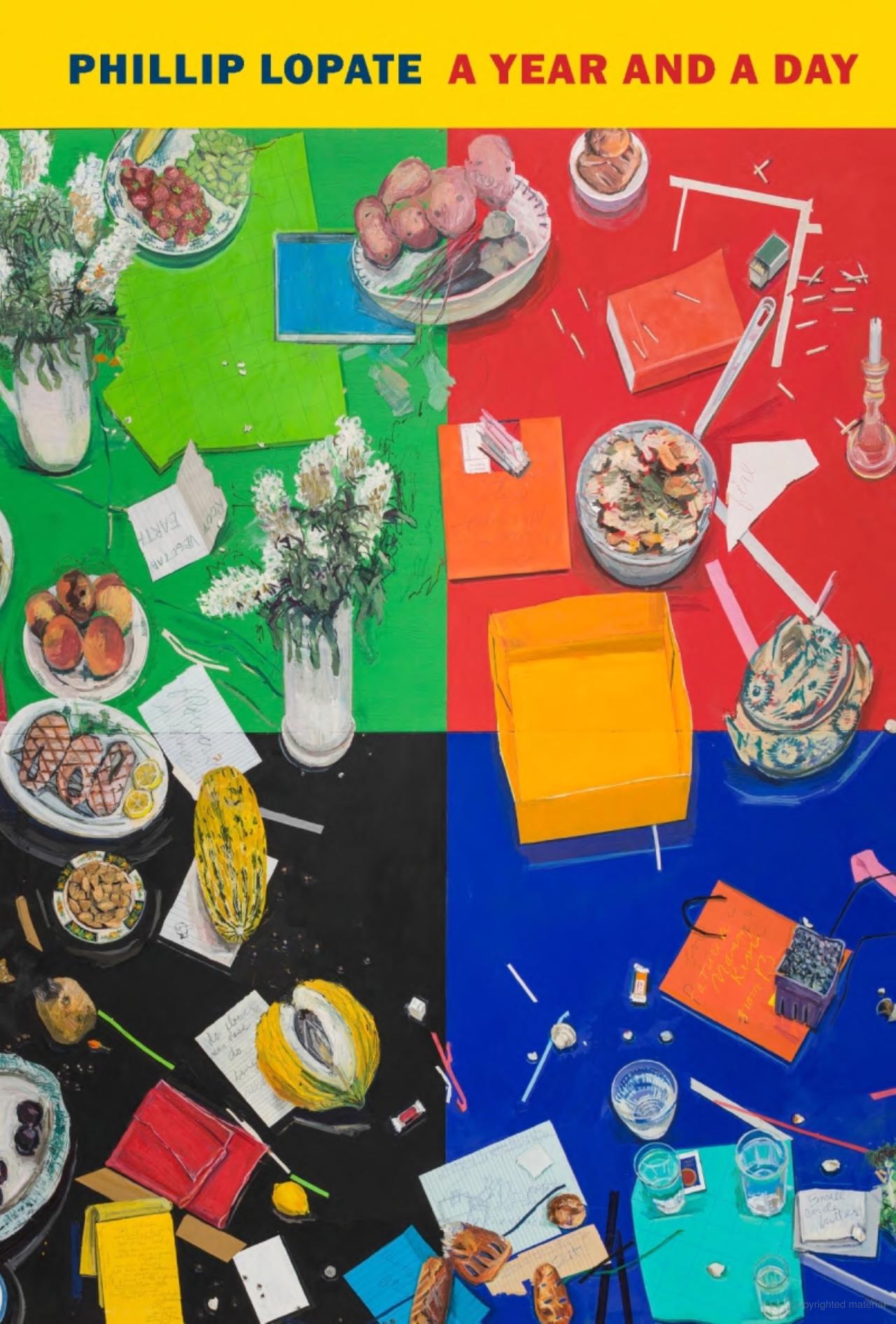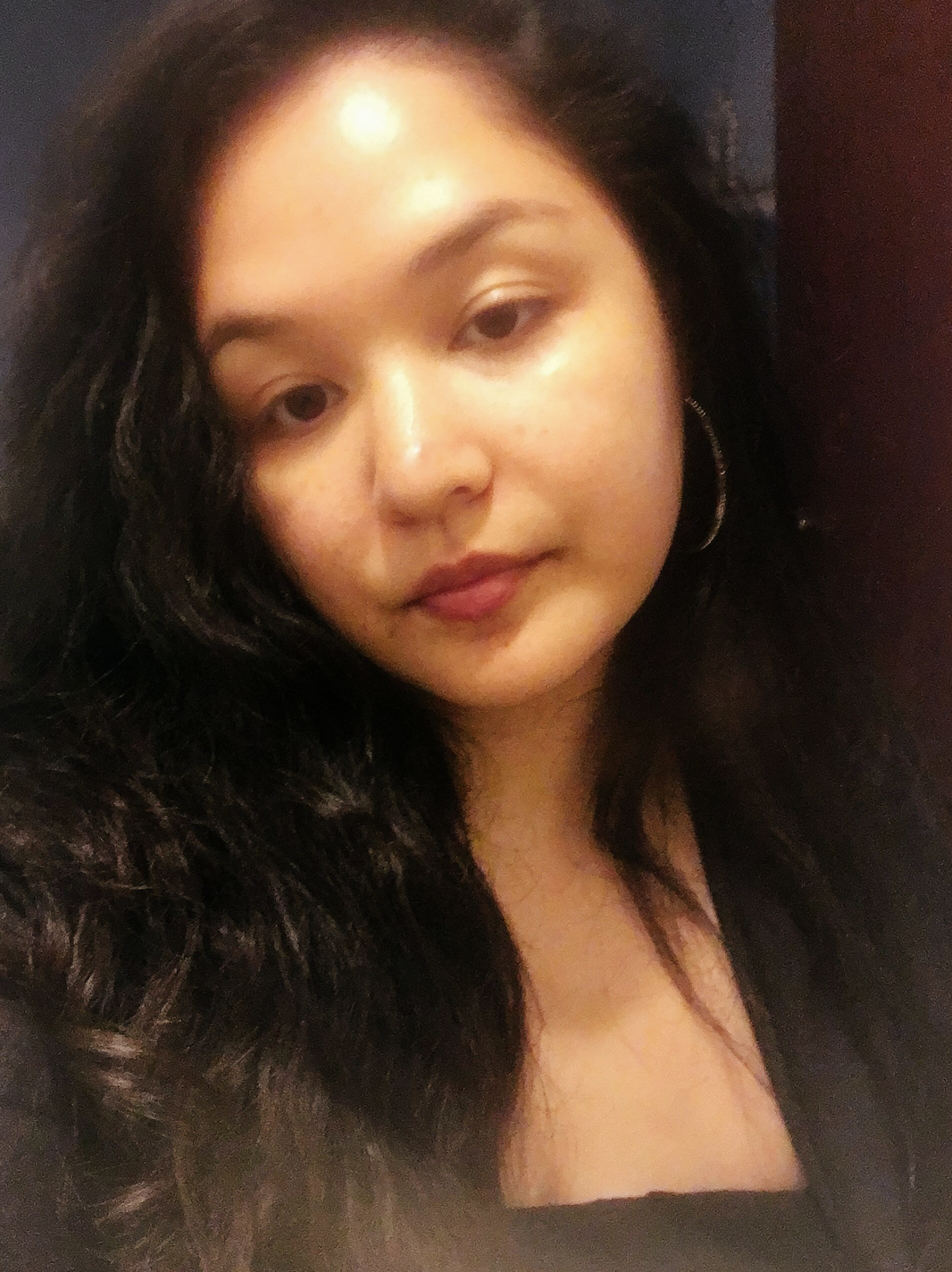Listening to the Silence:
Meditations on the Messy and the Mundane in A Year and a Day
by Juliet Way-Henthorne

A Year and A Day
By Phillip Lopate
216 pp. New York Review Books, $17.95
Released October 2023
In A Year and a Day, Phillip Lopate holds a mirror up to the messy, often contradictory truths of the human experience. It i s a book that invites readers into a year-long introspection—a collection of blog posts that doesn’t aim to be extraordinary but instead embraces the ordinariness of daily life and its nuanced revelations. Lopate’s latest work serves as both a blog collection and a meditation, capturing the observations, insecurities, and rhythms of his daily life in a style that is frank, unadorned, and beautifully contemplative.
From the opening pages, Lopate’s tone feels familiar, almost conspiratorial, as though he is writing for a confidant or someone he trusts to understand the undercurrent of existential musings beneath seemingly mundane reflections. He writes, “The trick is not to try for everything, but to make peace with limitations, and find beauty in the small triumphs.” In many ways, this encapsulates the essence of A Year and a Day—a text that finds grace not in sweeping statements or grand revelations but in the simple act of noticing the world with clarity and patience.
I found myself relating deeply to this sensibility—or the struggle of shaping the ordinary into something meaningful. I sit in that same tension, trying to craft small, delicate moments into lasting images and seeking the profound within the mundane. Reading Lopate is like sitting beside a writer who understands but does not overstate the quiet, persistent urge to capture what might otherwise slip away.
Lopate’s prose is patient and deliberate, like a slow-turning kaleidoscope where each small shift brings a new pattern into view. The blog format allows him the freedom to muse on everything from the challenges of teaching and the discomforts of aging to the cultural impact of film and the quiet pleasures of wandering New York City. He reflects on his relationships with family, laments on the death of friendships, and meditates on the enduring power of literature. There is a rawness here—an unpolished honesty that makes his reflections feel authentic, even when the subject matter veers into deeply personal territory.
He admits, “I often doubt the significance of these words, but I keep writing anyway, as though the act itself holds a secret worth uncovering.” In these words, I see my own uncertainty mirrored back at me. Lopate’s candid admissions offer an intimate gesture, inviting readers into the shared vulnerability of creating meaning amidst doubt. His writing does not follow a strict plan; instead, it drifts naturally, embracing a kind of narrative wandering that finds value in the unexpected detours and digressions.
Initially, A Year and a Day might seem like a collection of unrelated thoughts, but as the pages turn, a pattern emerges. The blog entries are like threads that slowly weave into a tapestry of Lopate’s internal landscape. The book is not driven by a traditional narrative arc but by the ebb and flow of his consciousness, making the experience akin to sitting in a quiet room with the author sipping tea, listening as he meanders through his own mind and picks up fragments of memory for examination and reshaping.
Lopate’s writing quality is sharp, introspective, and filled with a wry acceptance of life’s imperfections. He has a remarkable ability to capture fleeting moments and pin them to the page, allowing readers to feel the weight of his reflection without being burdened by it. In one passage, he reflects on his creative anxieties: “I write because I cannot stop myself, even when it feels like shouting into a void. There is always the hope that someone, somewhere, will listen.” It’s in these moments of vulnerability that Lopate’s voice truly sings, letting us into the spaces between his polished thoughts—the gaps where doubt and hope coexist.
A Year and a Day offers a window into Lopate’s quieter moments and chronicles his attempts to make peace with the passage of time. It does not provide answers; instead, it sits comfortably with questions, embodying a kind of literary mindfulness. This is not a book for those seeking high drama or intense plot twists; it is for those who enjoy the gentle, reflective nature of casual thoughts from a deeply curious mind—the kind of writing which moves slowly but leaves a mark.
At its core, this book is an exploration of what it means to keep going, to keep writing, and to keep living, even when the days feel repetitive and the future uncertain. Lopate’s voice is one of experience and age, but it is not devoid of wonder. He writes about small pleasures with a reverent tenderness, whether it is the light falling through a window or the sound of traffic outside his Manhattan apartment.
I have found myself clinging to similar moments of grace, searching for beauty in the mundane as a way to hold on to the past while stepping into the future. Lopate’s book is a companion, a reminder that the act of noticing and capturing the fleeting is its own form of solace.
A Year and a Day is, above all, a testament to the power of observation and the beauty of the unremarkable. It is a book that asks readers to slow down, pay attention, and find comfort in the act of simply being present. Lopate reminds us that there is poetry in the ordinary and something sacred in the attempt to hold on to time. This collection will resonate with those who walk paths of introspection and who have spent long hours wrestling with their own minds, coming out the other side a little wiser and a little more forgiving.
If you are in search of a companion for the quieter moments or a text that will sit with you in the stillness and remind you that it is okay not to have all the answers, then A Year and a Day is truly your friend.
Art House Cinema
A Review
by Scott Russell Morris

A Year and A Day
By Phillip Lopate
404 pp. Columbia UP, $26.00
Released July 2024
In the next school year, I am teaching a class on criticism and another on the video essay form, so I sat down to read Phillip Lopate’s My Affair with Art House Cinema: Essays and Reviews both for my own enrichment and with an eye to how an accomplished critic views the cinema—and accomplished is likely an understatement. I can safely assume that most anyone coming to Fourth Genre for book recommendations is already familiar with Lopate’s other nonfiction and his seminal place as a champion of the essay. However, My Affair with Art House Cinema shows him as a master in a completely different setting, a connoisseur of art cinema. The book’s title is, however, a little misleading: Lopate’s relationship to cinema is clearly more than just as a lover; the essays make it clear he has been a leader in that field as well, intimately involved, traveling the world as part of several significant film festival selection committees. Many of the actors, directors, and fellow critics he mentions are not merely distant creators, they are his friends and colleagues. Though the majority of the essays in this collection are not especially personal, they nevertheless paint a rich picture of Lopate’s aesthetic tastes, professional opinions, and intimate encounters with the art film world.
The book’s largest section is dedicated to movie reviews and retrospections responding to specific directors. Another section is devoted specifically to documentaries and essay films, and another to remembrances of other critics. Two shorter sections deal more directly with Lopate’s approach to film criticism and his view of contemporary cinema. With the exception of the introduction and an epilogue, the essays and reviews in the book are all collected from several decades of writing about film in cinema-centric publications.
Though the book as a whole is rather hefty at four hundred pages, each individual essay is relatively brief. Only one essay gets to ten pages, and most are considerably shorter. This is not to say the essays are light or thin. One of the best pleasures of reading Lopate’s criticism is his directness. He does not dwell long on summaries or lengthy explanations. While this directness can, at times, be challenging to the reader who isn’t familiar with the film, actor, or director in question (it’s important to remember that these essays were originally written for cineaste publications), the charm and success of Lopate’s essays and reviews are in his picking out small details, dwelling on them only as long as is needed. There is a wealth of knowledge in the essays—nearly all of them are filled with art and social history that put the screenwriting, direction, and acting in the context of other films—which invite the reader into the conversation and make one even more interested in the films; even the films Lopate does not care for as much are given dedicated attention to its craft and small successes.
Though the details of Lopate’s life are rarely highlighted in the book, they are the parts I most enjoyed. Much of this pleasure is summed up nicely in one of Lopate’s opening essays, “On Changing One’s Mind About a Movie,” an excellent essay that details Lopate’s view of his own aesthetic tastes and what a critic’s role should be. Lopate says the question a critic must ask is not about the “correct critical judgement” in regard to any given movie, but rather, “What are our different needs and understandings at various stages in life?” This idea that how we view a film is more about us than about a film fills the heart of the whole collection. Throughout, Lopate implies in so many ways that we have permission to make our own experiences with a film, but that this experience is all the richer for deeply engaging with the craft and history of the genre.
Lopate’s mastery of the essay form, the showing of his aesthetics, and his recognition of his criticism being colored by the stages of his life, are shown throughout the book, but most strongly in a few essays. Specifically, in his essay “James Harvey,” Lopate reminisces about his personal friend, discussing the ways they disagreed about film, late night parties, and directness. It is, of all the essays, the most personal. In “Dead Birds,” Lopate is the most philosophical—most of the essays intentionally eschew anything close to academic criticism; in it he discusses the documentary Dead Birds, a documentary about warring tribes in New Guinea, and expertly tackles without any easy answers the ethics of documenting pain, trauma, and war. Finally, his discussion of The Weather Underground, a documentary he argues is not particularly well done, is an excellent essay on which sorts of sources and questions filmmakers should engage with.
Though I many Fourth Genre readers may not be looking specifically for texts about cinema, My Affair with Art House Cinema is, nevertheless, a master course in how to approach criticism with both extensive expertise and generous humility.

Juliet Way-Henthorne
is a writer/editor based in California. She received an MFA from Vermont College of Fine Arts in 2022, where she also received a Center for Arts and Social Justice Thesis Fellowship to explore multiracial Asian-American identity. Juliet is a senior creative nonfiction editor for jmww, and she works with Hunger Mountain Review as a social media specialist and staff reader. Juliet’s work has been featured in AAWW’s The Margins and Hobart and is forthcoming with The Los Angeles Review, Slant’d, Vast Chasm, and Pine Hills Review. Find her at https://www.instagram.com/julietswh/

Scott Russell Morris
is a writer & enthusiast. He is a mixed media artist and zinester. He is an Associate Professor of English and Creative Writing at Cornell College. His works have appeared in Brevity, Superstition Review, Proximity Magazine, and elsewhere. He is the author of Points of Tangency (Cornerstone Press, 2024), and the creator of Magpie Zines. You can find him online at www.skoticus.com
